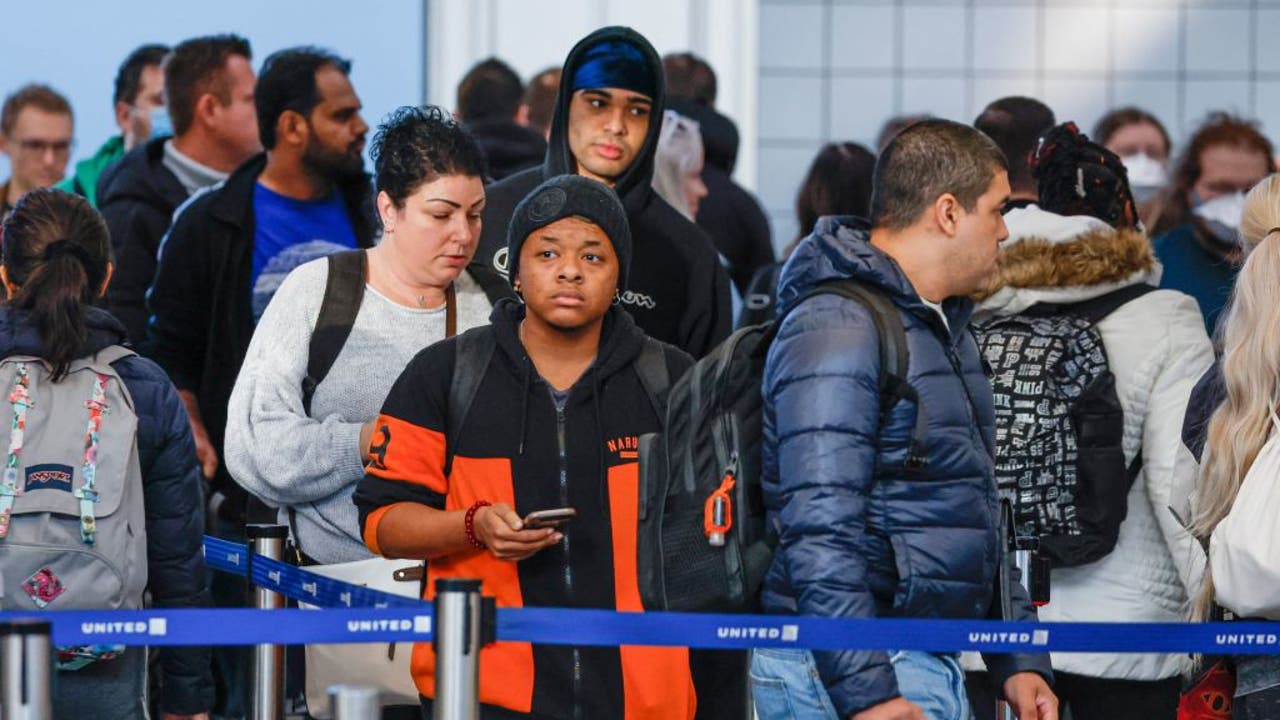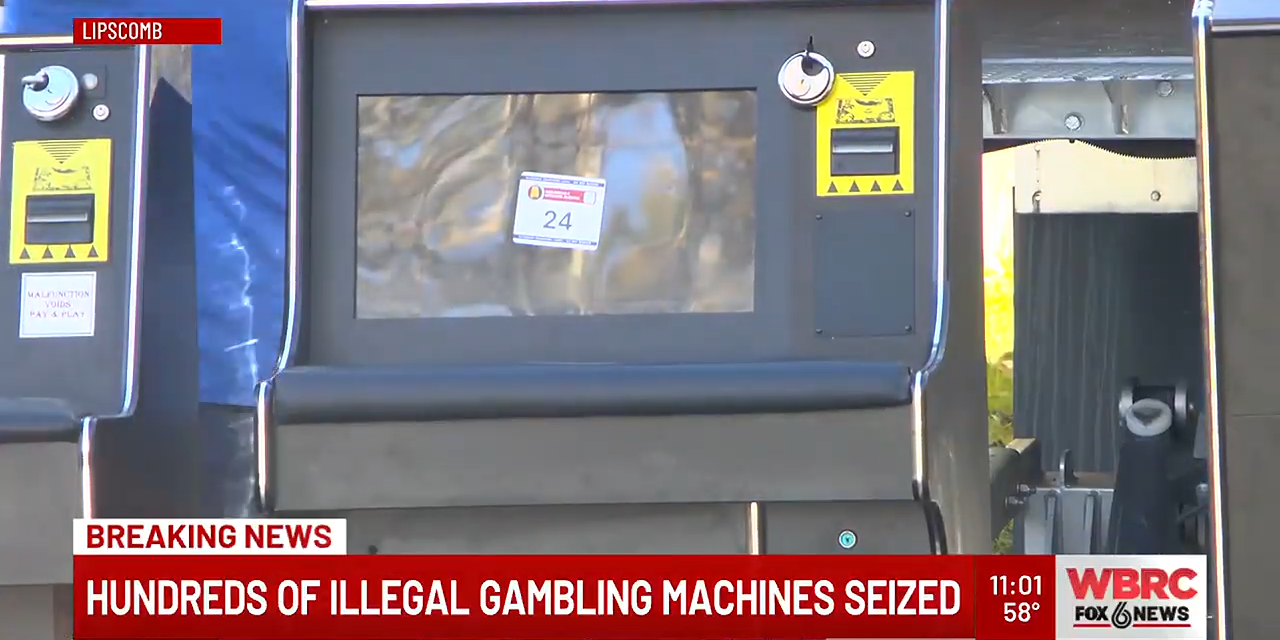Jobs
Fighting for Safe Jobs, Part Five: After the Explosion

Alta Journal is pleased to present the fifth installment of a six-part series by writer Diane Factor. Each week, we’ll publish online the next portion of “Fighting for Safe Jobs.” Visit altaonline.com/serials to keep reading, and sign up here to be notified by email when each new installment is available.
When most people think of Los Angeles, they imagine it as a city largely devoted to entertainment. But Los Angeles County remains a major manufacturing hub and is home to the largest port in the United States. After World War II, heavy industries grew phenomenally—as did the risks to workers. By 1970, a campaign to protect workers on the job, in lockstep with the civil rights and environmental movements, had led to the passage of landmark federal laws including the Occupational Safety and Health Act. In 1973, California created the Division of Occupational Safety and Health—Cal/OSHA—a once robust and nationally recognized agency dedicated to protecting workers.
For this Alta Serial, Factor looks back at her time as a Cal/OSHA inspector in the 1980s. A native Angelena, Factor was introduced through this job to the people who risked their lives to keep Los Angeles running, union organizers who sought better deals for workers, and the managers and owners of industrial operations who just wanted to keep the machines moving and the profits rolling in.
In part four, Factor pursued her master’s in the Environmental and Occupational Health program at Cal State Northridge, and soon she found herself working for Cal/OSHA. There she discovered a community of like-minded colleagues and learned the ropes of how to investigate safety violations in different industries.
Emotions, needless to say, run high after an industrial accident. It disrupts the business-as-usual mentality that prevails even in the most hazardous workplaces. The explosion at Hugo Neu-Proler on September 30, 1983, was such a moment.
After the explosion, a litany of stories of company pressure and neglect erupted from the enraged workforce. It was as if the complaints had also been building up pressure and needed to be released.
The union used this passion to convene a health and safety committee and compiled a list of grievances. It was too late to help the hurt employees, but it was a start. Those two injured workers would recover—with some scars—and eventually return to work.
During the formal accident investigation, the lead operator on the turnings crusher, Antonio Saldaña, sought me out. When we spoke, he was agitated and distraught. He explained that even with the union, most workers felt they had to keep their heads down and not complain. But after seeing his coworkers burned on the job, he had to speak up.
Apparently, what is loaded on the conveyor is not scrutinized first, he told me. Management had eliminated the position of the inspector along the conveyor. Gas tanks and suspicious barrels should have been removed before being crushed.
He also recommended better guarding and protection for the worker who stood on the platform overlooking the turnings crusher. The remedy would be installing a fail-safe system (with a lockout and tagout device) to switch off the conveyor and physically stop items from entering the crusher before they slipped through.
On October 24, we issued citations for lockout protection and better machine safeguarding, as well as repeat violations regarding proper training of inspectors and other workers. The penalty totaled $4,075, a small amount to a company so large. And yet, in a surprise to almost no one, the company appealed all the citations.
My manager, Tom Butler, decided to call the L.A. City Attorney’s Office, which had recently established, under the leadership of Ira Reiner, an environmental crimes unit, one of the first in the country. It was then that we met the formidable Jan Chatten-Brown, the senior assistant city attorney who was managing the strike force to investigate and litigate violators.
Chatten-Brown was a sharp, personable, and determined advocate who would show up at the “crime” scene with a camera crew to document conditions before employers had time to hide them. She was looking for cases and jumped right in, telling us that in some instances violations could be prosecuted and result in jail time for those responsible.
She scheduled a meeting with the new union safety committee in December and gave me the assignment of calling the workers to solicit their input beforehand. Chatten-Brown met several times with them and used information I gathered to contribute to her investigation.
Unfortunately, the Cal/OSHA appeal process is slow, and I was still waiting for the appeal hearing to be scheduled on my original citations. The actual hearing before the administrative law judge did not get on his docket until June 1984, a full year after the initial investigation, and nine months after the explosion.
An administrative law judge for the Cal/OSHA Appeals Board presided over what felt like an informal hearing, though witnesses were sworn in and the proceedings were recorded by a court reporter. Cal/OSHA was represented by legal counsel, James Wotherspoon stood in for Hugo Neu-Proler, and Luisa Gratz of the International Longshore and Warehouse Union Local 26 requested third-party status.
I believe that one of the reasons we succeeded is that Gratz turned up at the hearing fully made-up and in spiked high heels and a business suit that would have made Dolly Parton proud. She had the judge and the Cal/OSHA attorney hanging on her every word—and her every word was a forceful and articulate defense of the workers.
We testified along with three workers. We sustained our citations, but the penalty was reduced to $875—a huge disappointment, though neither amount would have hurt the company.
Six months later, after the appeal process, I returned to Hugo Neu-Proler to conduct a follow-up inspection. I was stopped at the gate and refused entry.
This had never happened to me, and when I told Butler, he was furious. He immediately contacted our Cal/OSHA attorney, who drafted a request for a search warrant from the local judge so that I could proceed with my job. It took an extra day, but I returned accompanied by a uniformed police officer. I marched past the entry gate with my search warrant and went straight into the plant to gather soil and residue samples from the smelter, as well as check on the other violations.
As I was about to leave, I was finally invited into the company office to meet the man behind the curtain, Richard Neu.
Tall, slim, with an olive complexion, green eyes, and wavy, abundant hair, he looked the part of a handsome villain.
He was fuming with rage that I had returned as part of what he now considered a Cal/OSHA witch hunt. His lawyers had sent a cease and desist letter to Butler, Chatten-Brown, and the higher-ups. Neu was yelling accusations of harassment, discrimination, and a vendetta against him. He was incensed at my presence and perhaps at my air of recognition, like a younger sister who was questioning his dominance.
I did not react. I had my big blue bodyguard with me. I was undaunted by Neu’s tantrum. I looked him straight in the eye and told him I would excuse his petulance this time. He stared back at me hard, something that did not disturb me. In fact, I felt strong—as strong as those kids on the bus facing stones and shouts in Pasadena. There’s nothing like being right and having the law on your side and, as in that moment, at your side. I can’t know for sure, but maybe Neu sized me up correctly: I came from a similar world to his, and, in my own way, I was as relentless as him.
I conducted my investigation by waltzing into the plant on several occasions without stopping at the gate. I now treated the premises like a crime scene and scoured the place accordingly. We found high levels of lead in the soil samples, valuable evidence for the city attorney’s case. Chatten-Brown had shared with me Hugo Neu-Proler’s draft safety program, almost a year after the explosion. It was a small step in the right direction, but we knew that it was not enough. We were not about to give the company a break for such a small effort. I played my part, but it was Butler and Chatten-Brown who kept Neu accountable, escalating the investigation over the next few years to include environmental pollution associated with hazardous solid and liquid waste, ground contamination, and toxic airborne emissions.
Ironically, environmental violations carried stronger penalties and remediation requirements than worker-safety violations Cal/OSHA could enforce. All these potential problems alerted the local community and environmental activists to the goings-on at the plant, turning our investigations into a publicity and legal nightmare for the company. Neu did not serve jail time, but he did have to spend millions of dollars to clean up the plant. The Cal/OSHA citations were an irritation, but the environmental violations were a game changer.
By 1987, Wotherspoon was being quoted in the Los Angeles Times, describing his remedy to deal with the lead and the fluff—“spraying waste with a chemical to encapsulate the lead,” as the paper described it—trying to appear to be on the side of good.
“We finally decided it was no good fighting the laws, so we sunk a lot of money into figuring out a way to solve the problem,” Wotherspoon said. “By trial and error, we came up with this, and the state approved it.”
Do penalties act as a deterrent to bad practices and incentivize remediation? Do workers check their health and well-being at the door when they take a job?
Who, ultimately, bears the risk, and who must pay?
My Cal/OSHA career was over when all the inspectors were laid off in 1987. Republican governor George Deukmejian ended the Cal/OSHA program, which the previous governor, Jerry Brown, a Democrat, had nurtured and supported. The obligation to protect workers in the state was turned back over to federal OSHA, which was not as ambitious or as innovative as what we had created in California.
It may have been predictable, but it was still a shock. Fortunately, I soon received a call from Peg Seminario, who was leading the occupational safety and health work at the national office of the American Federation of Labor and Congress of Industrial Organizations and was looking for an industrial hygienist to join the staff.
“Ms. Factor goes to Washington” read the banner at the going-away party thrown for me by my Cal/OSHA colleagues.
The five years I spent in D.C. were my PhD: legislation, regulations, the political process. It was a completely different ball game.
At the AFL-CIO, we went up against corporate suits in public hearings. I traveled throughout the country, finding workers who had a firsthand story to tell at congressional hearings. They were brilliant, brave, and very effective.
I returned to Los Angeles in 1991, 39 years old, recently married, and seven months pregnant with my first child. My last job as an industrial hygienist was with the Labor Occupational Safety and Health Program at the UCLA Labor Center, a tolerant workplace for a mother of two.
In 1999, I moved on from industrial hygiene. Perhaps it was the ambiguities of the work, or my own confusion about what I was accomplishing. I wanted to build something that would endure. I dedicated the next 20 years to workforce development, establishing the nonprofit Worker Education & Resource Center.•
Next week: Return to Terminal Island










